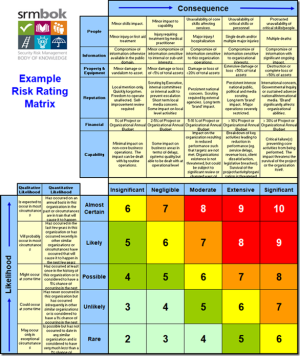Blind Faith in Safety

It was the beginning of the counter-culture of the 1970s flooded with semiotics of alternatives in thought, dress, music, dance, education and art. In my first year of teacher education I cut my teeth on free-schooling, de-schooling and the radical education movement. The music of Blind Faith brought to the fore many philosophical discussions about the nature of faith including: the nature of myth (Ricoeur), symbolism (Pierce), good faith and differance (Derrida), tacit knowledge (Polanyi), habitus (Bourdieu), mimetic desire (Girard), imagination (Baudrillard/Piaget), ethics and freedom (Ellul), Being bad faith (Sartre, De Beavoir), consciousness (Freud/Jung), faith and power (Foucault) and, leap of faith (Kierkegaard).
I have written previously about ‘bad faith’ (https://safetyrisk.net/actions-in-bad-faith/) and risk as a ‘leap of faith’ (https://safetyrisk.net/risk-as-a-leap-of-faith/). None of this discussion is situated in the context of religion. Indeed, to attribute faith exclusively to religious discourse indicates a poor education about the nature of faith itself. Many of the scholars listed above who write about the philosophy and psychology of faith are atheist. One thing is for sure, none of this metaphysical or ontological study is part of safety studies. So, from what basis can safety understand faith? Indeed, the mis-education of people in safety (https://safetyrisk.net/isnt-it-time-we-reformed-the-whs-curriculum/) is very much an activity of blind faith.
Faith by its nature is really beyond definition. Any effort to try and define faith by reductionist, rationalist logic will always fail. Faith is non-rational/arational and extends way beyond a materialist notion of thinking. One doesn’t reason through reason about faith. Sometimes the best way to answer questions of faith is not to define it but like Kierkegaard to narrate it (Fear and Trembling). Faith is the ‘if-then’ and ‘as-if’ of fallible living that is best captured in story and myth. IT is important to know too that myth is not about fairy tales. Mythology is the flip side of symbology.
So, when I define risk as: ‘the faith and trust required to suspend uncertainty to undertake an action’ this notion of faith must be understood holistically not religiously. Indeed, sometimes the best way to understand faith is to know both its theological and profane (Eliade) perspectives.
It is because Safety is so infused with religiosity (https://safetyrisk.net/no-evidence-for-the-religion-of-zero/) that is blindly assumes that any discussion of faith must be religious because safety itself is so profoundly religious. One cannot maintain an ideology of zero as an absolute without adopting a religious disposition. This is most clear in the designs of the Bradley Curve (https://safetyrisk.net/safety-curves-and-pyramids/). The infinity of zero by its nature must become a god.
Faith is essentially an existential dialectic. We live in the now but don’t know what is yet to come: the now-but-not-yet. We live as-if all will be well tomorrow: as-if. We live as-if we do something then a logical cause of events will follow: if-then. In each of these dispositions the hyphen captures the state of the fallible human. It is in this state that the human is most vulnerable (https://www.humandymensions.com/product/fallibility-risk-living-uncertainty/). It is in the hyphen that humans are most at-risk, stepping from what is known to what is not known.



Do you have any thoughts? Please share them below